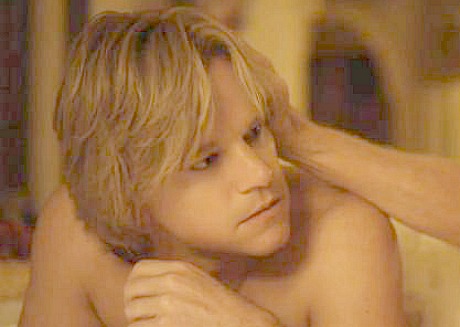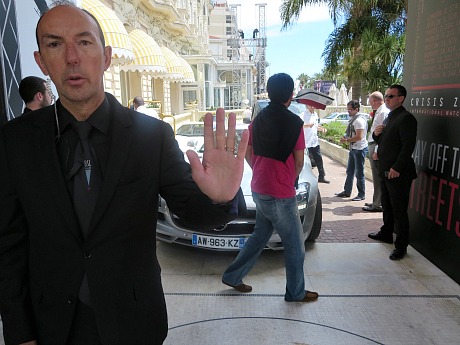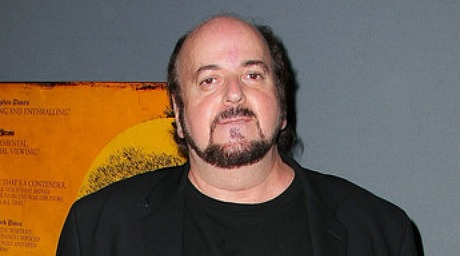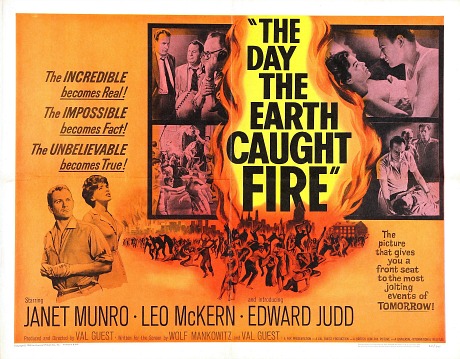In his Vulture review of Steven Soderbergh‘s Behind The Candelabra, Matt Zoller Seitz writes that following about Matt Damon‘s performance as Scott Thorson: “It takes great talent and concentration to play such an opaque soul while still letting us think that we can see into his heart. [Damon] is too old for the part (though the makeup helps sell the illusion a bit), but it doesn’t really matter because he seems to remember what it was like to be a teenager, and lonely, and unformed as a person, and that knowledge infuses the performance.”







